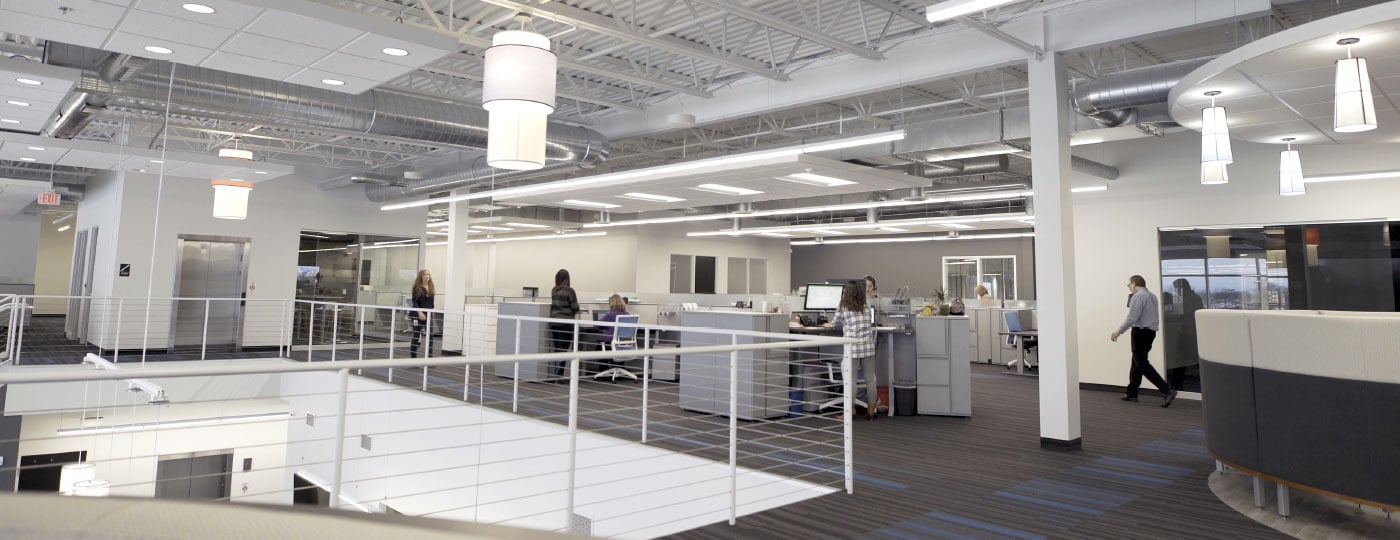

Imagine this scene: little Billy is cruising along on his bike when he comes across an anthill. He screeches to a stop, pulls over, and with the fury of a miniature tornado, kicks over the hill.
Innocent fun?
Billy doesn’t realize he just set off a business continuity and disaster recovery event for the ant colony.
By instinct, one group of ants starts following their intuitive business continuity plan (BCP) to safeguard the survival of the colony. They scramble to protect eggs and gather food.
A separate group of ants follows their innate disaster recovery plan (DRP) by rebuilding what little Billy destroyed.
In short, each team works toward the survival of the colony (a shared goal), yet each team has a specific, unique role to play.
And so it is with business continuity and disaster recovery planning in the human world. Continuing normal business functioning is your BCP, whereas rebuilding destroyed infrastructure is your DRP.
Let’s dig deeper…
BCPs are the main approaches for continuing normal, uninterrupted business operations in the face of disruption.
Here, think of the ant team responsible for preserving the day-to-day functioning of the colony (food, eggs, protection, etc.). By instinct, the team works to make sure the colony remains operational after the disaster.
With your BCP in place, you can continue providing products and services to your clients after disaster strikes. Lack of a BCP, on the other hand, could lead your clients straight to your competitors.
Your BCP should cover critical parts of your business. When building out your BCP, be sure to include at least these four steps as outlined by Ready.gov:
• Conduct a business impact analysis to identify critical functions, process, and resources
• Identify, document, and implement recovery strategies
• Organize a BCP team and plan
• Conduct training, testing, and exercises
With those four steps in place, you’ll have a great foundation to build on.
Your DRP is your primary strategy for restoring systems and infrastructure following a disaster.
Like BCPs, DRPs help continue normal business processes. But unlike a BCP, DRPs tend to focus only on the IT systems and network infrastructure.
Rely on your DRP to bring critical systems and networks back online.
To revisit our ant colony, think of the team responsible for rebuilding their dirt hill. They’re following their DRP.
A good DRP should cover at least these areas:
• Safety of individuals
• Critical business operations
• Internal and external communications
• Management and decision-making succession
• Minimizing damage and duration
If your plan is missing any of these elements, make sure to add them in.
While the BCP is your strategy to make sure your products and services are available to clients during and after a disaster, the DRP focuses on rebuilding and accessing technology after that same disaster.
BCP development should start with a business impact analysis (BIA) to spot and predict the effects of disasters and business disruptions. A proper BIA will also identify helpful information for recovery approaches.
In contrast—since it’s usually IT and technology-focused—DRPs should verify that redundant equipment and critical backups are functioning, updated, and accessible. Review and test failover and other automated emergency processes as well.
Despite those main differences, BCPs and DRPs have things in common.
For example, both plans need:
• Documentation of procedures, expectations, and contingencies
• Defined communication strategies for internal teams, clients, vendors, and even media
• A training component for all affected parties
• Testing procedures to confirm resilience and to highlight areas for improvement.
Your DRP is a subset of your overarching BCP. They might be separate concepts, but they work together despite their differences.
Said another way, if you have a plan for continuing business through a disaster, but no plan to bring technology back online, how far will you get?
At the same time, if you recover your technology infrastructure but have no idea how to continue other critical business operations, you’re also stuck.
It’s clear that comprehensive, reliable, and tested BC and DR plans are both needed.
At Streamworks, we develop, test, and update our business continuity and disaster recovery plans regularly. On top of that, third-party auditors validate our plans for completeness, reliability, and resilience.
What does this mean for you? It means we’ll have our services available for you, even in tough times.
Need help with your Business Continuity or Disaster Recovery planning? Don’t wait until disaster hits to figure out how to get your mail delivered. Our BCP/DRP solutions include:
• Scheduled testing
• Dedicated storage for inventory and software
• SLA commitments
• Customized programs to fit your BCP needs
Contact us today to schedule a 1-Hour Business Continuity Plan Assessment.

(800) 328-5680
3640 Pheasant Ridge Drive NE • Blaine, Minnesota 55449
Copyright ©2014 Streamworks, LLC. All rights reserved. Privacy Policy